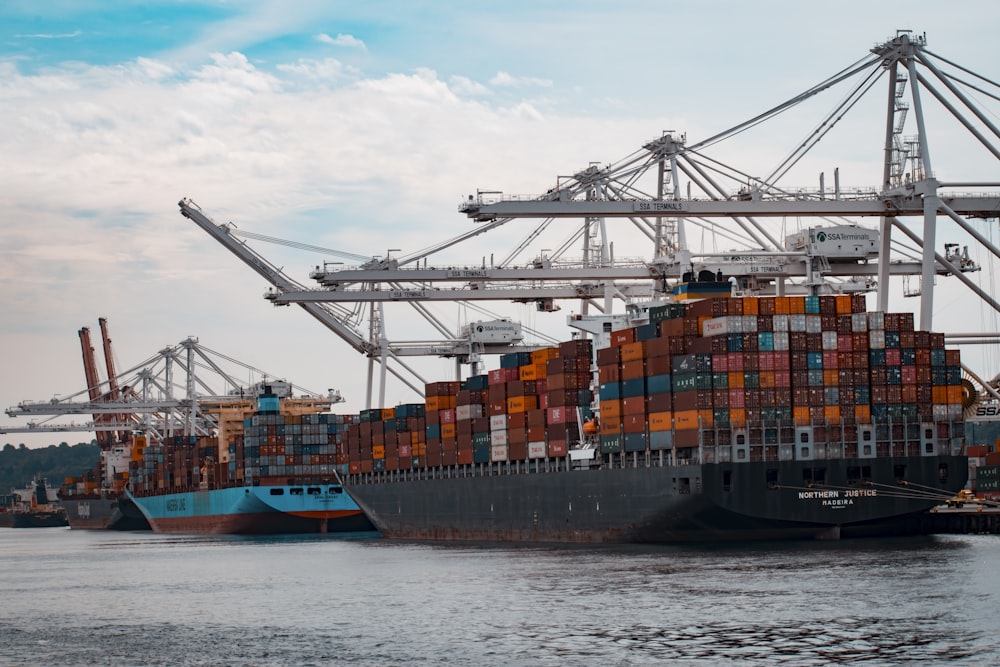Food And Energy Inflation Concerns Drive Commodities Higher In May
Image Source: Unsplash
Record inflation prints, export embargos, and import bans helped the S&P GSCI, the broad commodities benchmark, to post another monthly gain in May, ending the month up 5.1% and bringing its YTD performance to 47.0%. The ongoing disruptions to the flow of energy and agricultural commodities out of Ukraine and Russia pushed energy and grain markets higher, while the metals markets continued to be weighed down by the prospect of higher interest rates and fears of global economic slowdown.
Energy prices extended their bull run into the end of May after the EU agreed to a partial ban on Russian oil and China decided to lift some coronavirus restrictions. EU leaders agreed in principle to cut 90% of oil imports from Russia by the end of 2022, equivalent to around 1.5 million barrels per day. Russian crude oil exports that have traditionally been destined for the EU will not necessarily be lost to the global market, but even if it can find willing buyers, it will be a challenge to transport the oil to new markets and prices will be discounted. The S&P GSCI Petroleum ended the month 9.8% higher. Targeting Russian natural gas supplies may be the EU’s next diplomatic battleground in the economic war, and U.S. natural gas prices are increasingly pricing in this scenario. The S&P GSCI Natural Gas rallied 11.3% in May and 129.3% YTD.
Industrial metals prices fell again in May. The S&P GSCI Nickel took the biggest hit, down 10.7%. Despite tight nickel supply around the world, recent pandemic hits to demand out of China have pushed prices lower, as the market continues to recalibrate from the unprecedented price spike and associated disruptions in March. Nornickel, the world’s largest refined nickel producer, announced during the month that it expects a mild surplus this year after deficits in prior years.
Gold and silver’s lackluster year continued with both precious metals falling in May. The U.S. dollar reached another 20-year high, pressuring precious metals. After some strength earlier in the year, the S&P GSCI Precious Metals ended May flat YTD.
A growing concern among central bankers and others regarding food security serves to highlight the importance of agricultural commodities to the global economy from both a societal and environmental perspective. The war in Ukraine has disrupted global food supplies to an unprecedented degree. A prime example is the tightening global wheat supply picture. Ukraine is considered Europe’s breadbasket and roughly one-third of global exports of wheat come from Ukraine and Russia. Severe restrictions on wheat exports from this region combined with worsening harvest prospects in China, parts of Europe and the U.S., as well as an export ban by major producer India, have tightened stocks and exacerbated global food supply concerns. As a result, global wheat prices have skyrocketed; the S&P GSCI Wheat was up 3.1% in May and 39.2% YTD.
In contrast to the agriculture commodity sector, the livestock markets were benign in May, with the S&P GSCI Livestock ending the month down 1.7%.
Disclaimer: See the full disclaimer for S&P Dow Jones Indices here.




